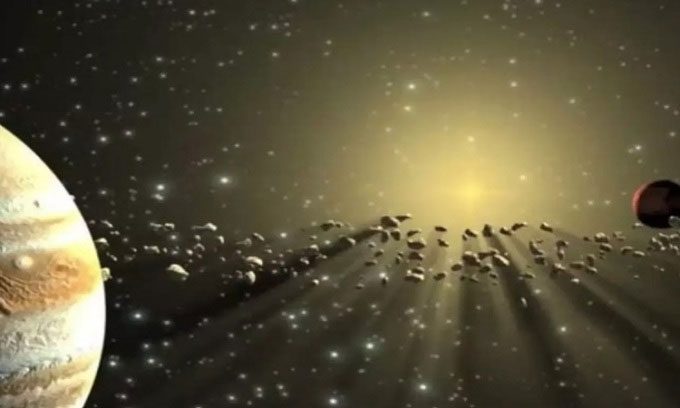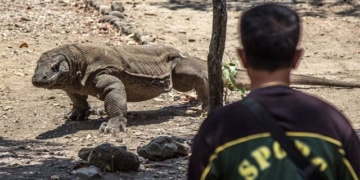The UAE spacecraft will fly past 6 asteroids and land on the 7th asteroid, which is 53 km wide.

The asteroid belt between Mars and Jupiter. (Image: News9).
The United Arab Emirates (UAE) is targeting 7 different rocky bodies in an ambitious mission to the asteroid belt. In an upcoming announcement at the Asteroids, Comets, and Meteors Conference in Arizona in June, the UAE space agency will reveal specific goals for the mission. The mission is set to launch in 2028 and will visit 7 asteroids in the main belt, including 6 high-speed flybys en route to asteroid 269 Justitia. The other asteroids on the list include: 10253 Westerwald, 623 Chimaera, 13294 Rockox, 88055, 23871, and 59980.
After reaching 269 Justitia, the spacecraft will deploy a lander to touch down on its surface. Previously, only NASA’s OSIRIS-REx and the Near-Earth Asteroid Rendezvous (NEAR) Shoemaker spacecraft along with Japan’s Hayabusa1 and Hayabusa2 probes have successfully landed on asteroid surfaces. The 53 km wide asteroid 269 Justitia has a reddish hue, possibly due to the presence of organic compounds known as tholins, which are abundant on Pluto and many other icy bodies at the edge of the solar system.
The spacecraft is expected to arrive at 269 Justitia in April 2034. If the asteroid formed in the outer solar system, the UAE mission will provide unique insights into the bodies beyond Neptune. The scientific objective of the mission is to understand the origins and evolution of water-rich asteroids, thereby assessing their potential resource utilization.
The spacecraft will utilize solar electric propulsion over its 6-year journey and will leverage gravitational assists from flybys of Venus, Earth, and Mars along the way. The UAE will collaborate with the University of Colorado, Boulder, similar to the previous Hope Mars mission. The Hope probe is still operational in Mars orbit and recently surveyed Deimos, the smaller of the two moons of the Red Planet.





















































